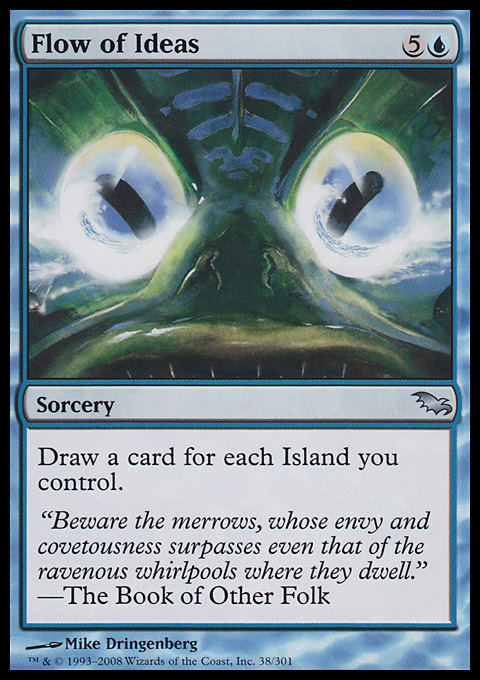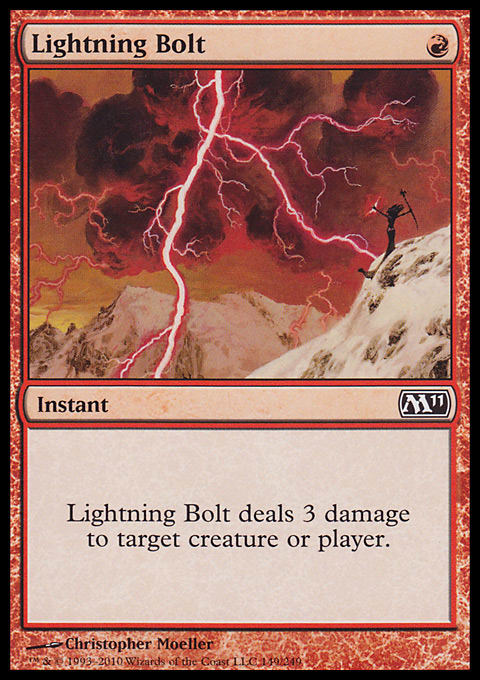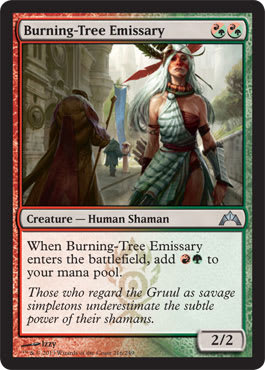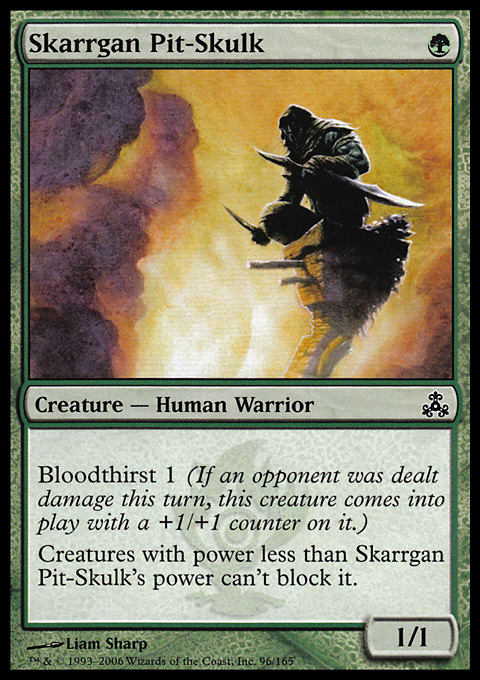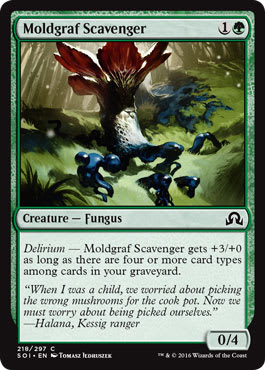I was an English major in college. Technically I was an English 123 student: General Literature and Rhetoric. I spent most of my time in college reading books and writing papers which was honestly a pretty sweet way to spend four years. There was a required class I put off until the latter half of my time at college because I bought into what upper-class people had told me: it was incredibly challenging and made no sense. That class was Theory and Criticism.
The class was not academically difficult but it definitely challenged the way I thought about not only what I was reading but about the world in general. It opened up an entire world of knowledge to me.
The main thrust of the class was exploring different philosophical and theoretical approaches to literature. There is text and subtext to everything and a work can be explored through multiple lenses and different critiques could yield different interpretations. It was a deeply fascinating semester that sticks with me to this day but there’s one moment that stands above the rest.
Early in the course the professor, trying to explain the work we would be doing, quoted then Secretary of Defense Donald Rumsfeld regarding the Iraq War. The quote was on the nature of knowledge. Paraphrasing, it went something like this:
This is the part of the story where I’m supposed to tell you how much this concept blew my mind.
Ahem.
THIS BLEW MY MIND.
We good?
Awesome.
In the wake of my Modern Masters 2017 review I returned to this sequence and saw how valuable this quartet could be in evaluating potential new metagames. So let’s get Socratic.
What we know
It is easiest to quantify and qualify what we understand. In Magic this is the pool of cards and the current top decks. It also includes decks just on the other side of being viable or ones that were just recently popular.
We also approach these moments — those where new cards are introduced — with the understanding the these are new cards. While exploring new mechanics and interactions is a must, we do not, as a collective, start from zero. Instead we know how the game has worked in the past and how new pieces may fit together with older ones.
If I had to boil this down to a more digestible chunk it would be that we can only definitively know what is discrete. While not also indisputable elements of the game there are things that can be ascribed truth given the current way of things. A 2/2 will (usually) trade with a 2/2. Lightning Bolt is (usually) a great removal spell. The problem arises not with incomplete knowledge but rather ignoring the known.
Taking Pauper as an example, it can be said that Delver, Stompy, and Affinity are a large presence in the metagame. Preparing for an event and ignoring these data is a setup for failure. Similarly if you strategy folds to a single Lightning Bolt then you it is possible you are working from a faulty framework.
What we know we don’t know
Will this section be any less vague? Let’s find out.
The metagame may not be fully known. The trends can be understood and decklists can be collected but even this is only true for the briefest of moments. In a true Schroedinger’s Cat scenario, once the metagame is measured it is sure to change. In many cases, we will not know the exact contents of an opponent’s deck and whether or not the list we submit will match up well against our opponents on a given day.
As card pools grow, we can also safely assume that we may not know every potential interaction. In turn we may find ourselves unprepared for cards we never expected to see played in concert. When new cards are added we can predict how they may work but there is no guarantee that we are correct.
What we don’t know that we know
I promise I will try to have this all make sense in the end. The best way to describe this is innate knowledge. An opening hand is seven cards and we draw one card per turn. If a blocking creature has a higher toughness than the attacking creature has power it will survive the combat. We do not know that we know the basic rules of the game. You can put this subconscious knowledge to your advantage, like discarding a large creature on turn one even if you have a land drop in order to enable a turn two Reanimate.
The difference here can be broken down roughly as active knowledge and passive knowledge. You know that Thought Scour can take the top two cards off of a library, but do you know you can use it as a way to get rid of that pesky card revealed by Delver of Secrets? Do you know that you can mill the top two cards if it does not transform to snag a Spire Golem or Ninja of the Deep Hours — or maybe that second land you’re worried about?
Accessing this knowledge requires slowing down the thought process. Tanking, as it is sometimes called, is about exploring all the options available in a given moment and piecing everything together from the ground up. A perfect example of this is Vines of Vastwood. The most common application of the card is to protect your own creature while pumping it up. The hidden mode is it can also stop your opponent from targeting their creature favorably thanks to the wording on Vines. You may know this, but without moving it from archives to active memory it is lost knowledge.
We don’t know what we don’t know
Rare in explored formats, this is when something is completely missed. Watching Pro Tour coverage you will occasionally hear a team describe a deck as “completely off their radar.” This is the closest thing I can think of to a concrete example of an unknown unknown. These are new formats that may not be fully understood and explored and, as a result, everything encountered is unexpected. In the context of class, my professor described this absence as scary. I understand that when we are looking at the world at large; but, in the realm of Magic, I like to think of this occurrence as something else entirely: exciting.
Magic is a game of information, both hidden and visible. It is rare moment indeed where something is completely unknown. The connectedness of the Internet and the rate at which games are played means that very little knowledge is virgin territory. Brand new formats and going into a Prerelease with zero knowledge — you don’t know what you’re missing. Magic as Garfield intended it.
Knowledge is a fickle thing. What we think we know at one minute can be rendered the opposite the next sixty second cycle. I want to explore the upcoming Pauper metagame, specifically as it relates to Burning-Tree Emissary, using these four quadrants of knowing. There has been some heated discussion as to the viability of this card in the format and it merits deeper thought.
Moving through the four steps, we currently know the metagame. While it is not a perfect image — we do not know decks that run afoul of a loss in a league run — we have a pretty good idea of what is doing well. Delver, Stompy, and Affinity are all putting up strong numbers while control decks like Murasa Tron and U/B Ghostly Flicker are respectable in their metagame share.
The other end of the metagame includes decks like Elves, Burn, Nivix Cyclops and Hexproof, and W/R Battle Screech decks. Then there’s the mass of popular decks that have trouble going undefeated like U/B Mystical Teachings and Mono-Black Control.
We also know what sort of line Burning-Tree Emissary wants to follow. The mana-neutral threat wants to convert its enters the battlefield trigger into additional threats. Given the strength of single mana threats in Red and Green the goal is to add somewhere between five and six power to the board on the Burning-Tree turn.
So now we have something we don’t know. We do not know exactly what these Burning-Tree Decks will look like. We can safely assume they will be Green or Red based upon what we know about the mana available in Pauper. From this it is a small step to starting thinking about what creatures will find a way into the deck. Cards like Skarrgan Pit-Skulk, Nettle Sentinel, Mogg Conscripts, and Vault Skirge should all come to mind. They are doing this in part because they are unknown-knowns. Any experience with Pauper and one should be familiar with these threats.
Porcelain Legionnaire may not be immediately apparent but it helps to ensure there is a follow up to Burning-Tree.
Before we move further, we need to ask ourselves if this potentiality is possible. Given everything we know about Pauper — the relatively flat power level and the reliance of consistent mana — is it reasonable to expect this deck to succeed? I say the answer is yes given how strong Stompy is at the current moment. More than that we see decks that are able to produce multiple threats in a single turn perform at a high level. While Burning-Tree Emissary is better than Frogmite it is useful to think of them in a similar fashion — mana generating threats.
These factors provide the opportunity, then, to start plowing into the unknown. If Burning-Tree Emissary decks are able to produce multiple threats in a single turn then cards like Chainer's Edict are not going to be as valuable. Since many of the threats will have two points of toughness Electrickery falters. Instead Echoing Decay makes sense if the threats have the same name while Evincar's Justice, if you can reliably cast it before getting run over, could go a long way. These cards are heavily played and well known.
To get an edge it may require going deeper. Working with the entire pool of commons it is time to access some of the unknown knows. Cards like Moldgraf Scavenger can hold off assaults before turning into something that can pick off attackers. Scuzzback Scrapper and Rendclaw Trow can weaken an offense without turning it off entirely. Whiplash Trap might finally get its day in the sun for its ability to undo a decent amount of Burning-Tree’s work.
Extrapolating further, we know that if Edict effects are weak then singular large threats tend to perform better. Dimir Delver, a deck that did fairly well in the Edict poor Peregrine Drake metagame, could be poised for a return. Of course this may be completely off base given the change in the pace of play that Emissary could herald.
And that is the unknown unknown — exactly what Burning-Tree Emissary will do to the speed of the format. Pauper is fairly fast as things stand,but if Burning-Tree is capable of deciding the game on turn two then how do other decks adapt?
And what decks emerge to beat those?
Nothing I’ve said today is new and it is how deck-builders and metagamers approach their grind. All I wanted to do today is provide a different framework. When we explore Magic we are mapping out points of knowledge and trying to draw connections between them. There is so much to know that often we have to make decisions about what to keep in the easy recall area of memory. Taking the time to look deeper and examine all options, that is where new knowledge is uncovered.













